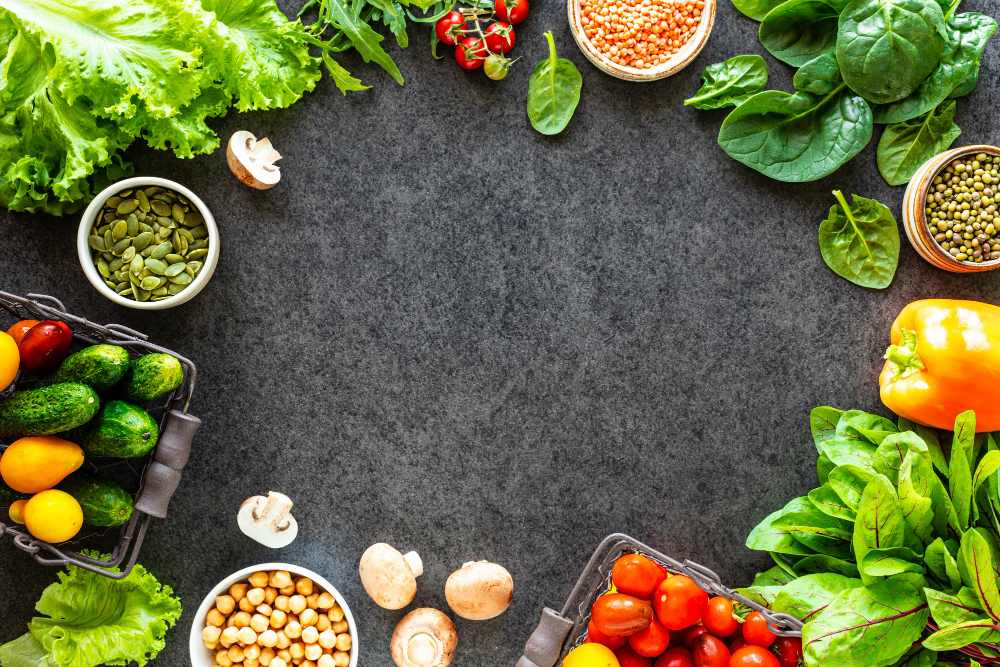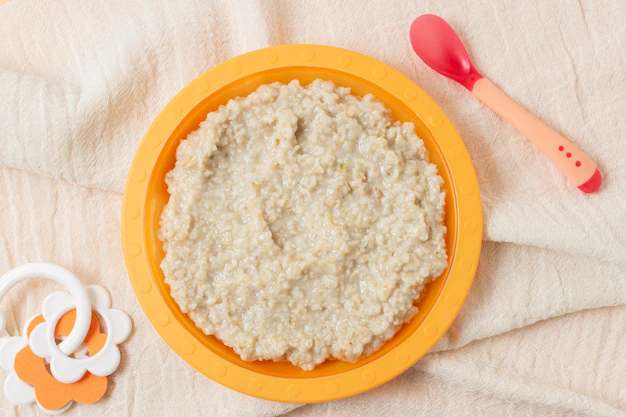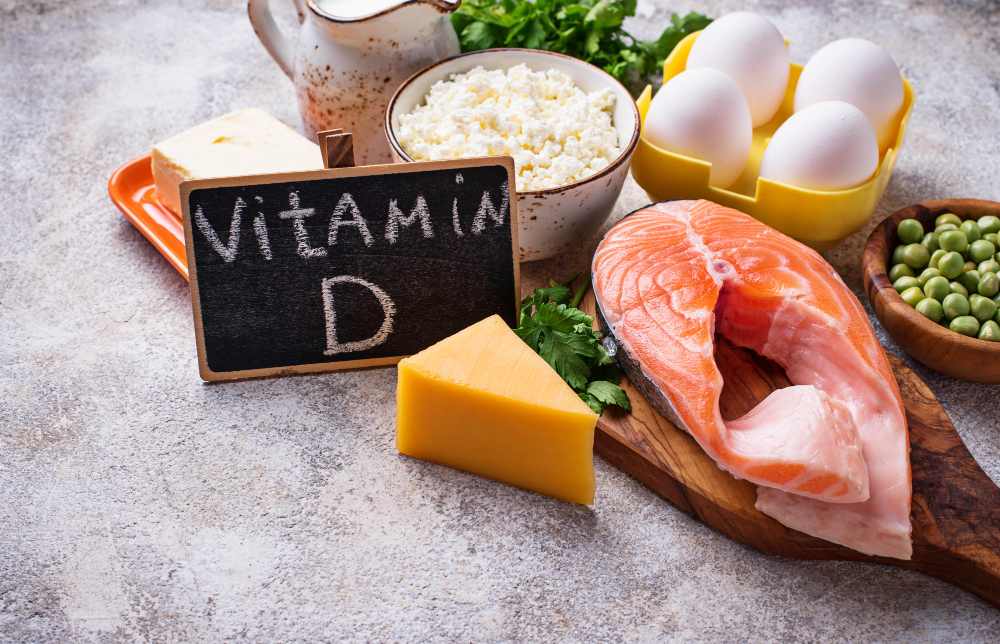You might have heard your pediatrician suggest a rainbow plate for your toddler. A rainbow plate is essentially and helpful especially if your toddler is a picky eater and doesn’t get enough nutrition throughout the day due to this fussiness. There are a lot of reasons why you should think of eating the behind. In case you are wondering if rainbow includes skittles, then there is not skittle involved in the rainbow plate. The goal is to include fruits and vegetables of a lot of colors.
Green foods
- Green-colored foods contain a powerful antioxidant called lutein which is responsible for healthy skin and good vision.
- In addition to that, it will also reduce the chances of cardiovascular diseases as it slows the thickening of arteries.
- Lutein is also responsible for reduces aging, improve coordination and enhance memory.
- For added benefits, include nutrient-rich foods including broccoli, kale, spinach, leafy greens, asparagus, cucumbers, green peppers, artichokes, okra, and even green beans among others. Include basils as they are extremely rich in antioxidants.
- As far as fruits are concerned, grapes, kiwi, apples, lime, and honeydew are rich in fiber and nutrition.
- Most of these fruits are very tasty and juicy and will be appreciated by your kid.
Red foods
- Red foods are rich in Lycopene and anthocyanins.
- Both these antioxidants have anti-inflammatory properties that are meant to keep your kid’s heart healthy, lower the risk of cancer significantly and even help your kid in improving his or her memory.
- Lycopene is known to lower blood pressure which in turn reduces the risk of stroke and cardiac arrest.
- Red peppers, beets, tomatoes, and red onions are perfect red-colored vegetables and fruits.
Purple foods
- Rich in flavonoids, purple foods are good for your heart and can lower the chance of memory loss significantly.
- Flavonoids are also responsible for reducing the risk of cancer.
- Vegetables including red cabbage and eggplants have anthocyanins and contain twice the amount of antioxidants as compared to Vitamin C.
- There are 36 anthocyanins in purple cabbage alone.
- Your kid will love the splash of purple on his or her plate in addition to the boring greens and warning red.
Yellow and orange-colored foods
- Filled with vitamin C and many antioxidants including bioflavonoids and carotenoids, yellow and orange-colored foods are not only yummy but quite juicy.
- They do not cause joint inflammation and are also good for your heart and skin.
- Vitamin C is also known to improve immune function in your kid’s body.
- You can opt for Pumpkins, orange and yellow peppers, carrots, squash, and sweet potatoes.
- Don’t forget pineapple, oranges, nectarine, cantaloupe, and kiwi while you are talking about warm-colored fruits.
- Yellow spices like turmeric, saffron, cinnamon, paprika, and even ginger have healing properties along with eliminating the chances of chronic diseases with time.
- Make your kid’s meal tasty and deep with spices and colors vegetables.
White foods
- Garlic contains a phytonutrient called allicin which gives the garlicky flavor and aroma.
- It effectively cures a common cold and has anti-fungal, antiviral, and antiparasitic properties.
- Beans and legumes are reaching in protein and contain isoflavones.
- Include cauliflower and mushrooms in your child’s daily meals to make the meal look more colorful and tasty.
- White-colored vegetables and fruits are rich in potassium and are a nutritional powerhouse.
Blue foods
- The beaming pigments present in blue-colored foods will be a mood booster.
- Go for blueberries and make a variety of recipes with them including blueberry jams, smoothies, or add a spoon of spirulina in your kid’s acai bowl.
Black foods
- Olives and sesame as great black-colored foods which you could incorporate in your child’s meal right from salads, bread, pasta, pizzas, and even curries.
- Keep frozen blackberries and add them to your kid’s yogurt bowl and oatmeal.
Conclusion
Here are all the colored food groups and the variety of food items within them.





